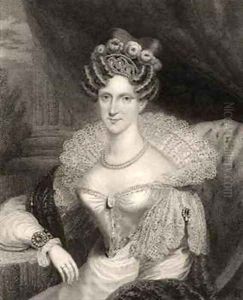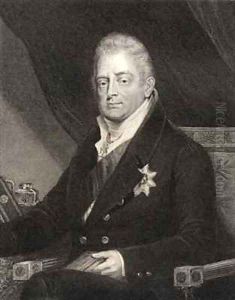Dawe, Henry Paintings
Henry Edward Dawe was an English portrait painter who was born in 1790 in London, England. He was the eldest son of the engraver Philip Dawe. He followed in the artistic footsteps of his family, embarking on a career in the arts, which was a common practice during the period for sons to continue in their father's trade or profession.
Dawe became known for his portrait work, which was highly regarded during his lifetime. His portraits were known for their detail and the insight they provided into the character and status of the sitter. He exhibited at the Royal Academy from 1809 onward, showing a steady output of work that helped to build his reputation. His participation at the Royal Academy exhibitions was a significant achievement at the time, as it was a prestigious venue for artists to display their work and gain recognition.
Apart from portraits, Dawe also painted historical and genre scenes, though these were less prominent in his oeuvre. He was part of the early 19th-century movement in British art that saw a growing interest in romanticism and the exploration of emotional depth in painting.
Dawe's career was cut short when he died prematurely in 1848. His contributions to English portraiture were part of the rich tapestry of British art history during a period of significant change and development in the art world. Though he may not be as widely remembered as some of his contemporaries, his work remains a representative example of the portrait style of his time.

